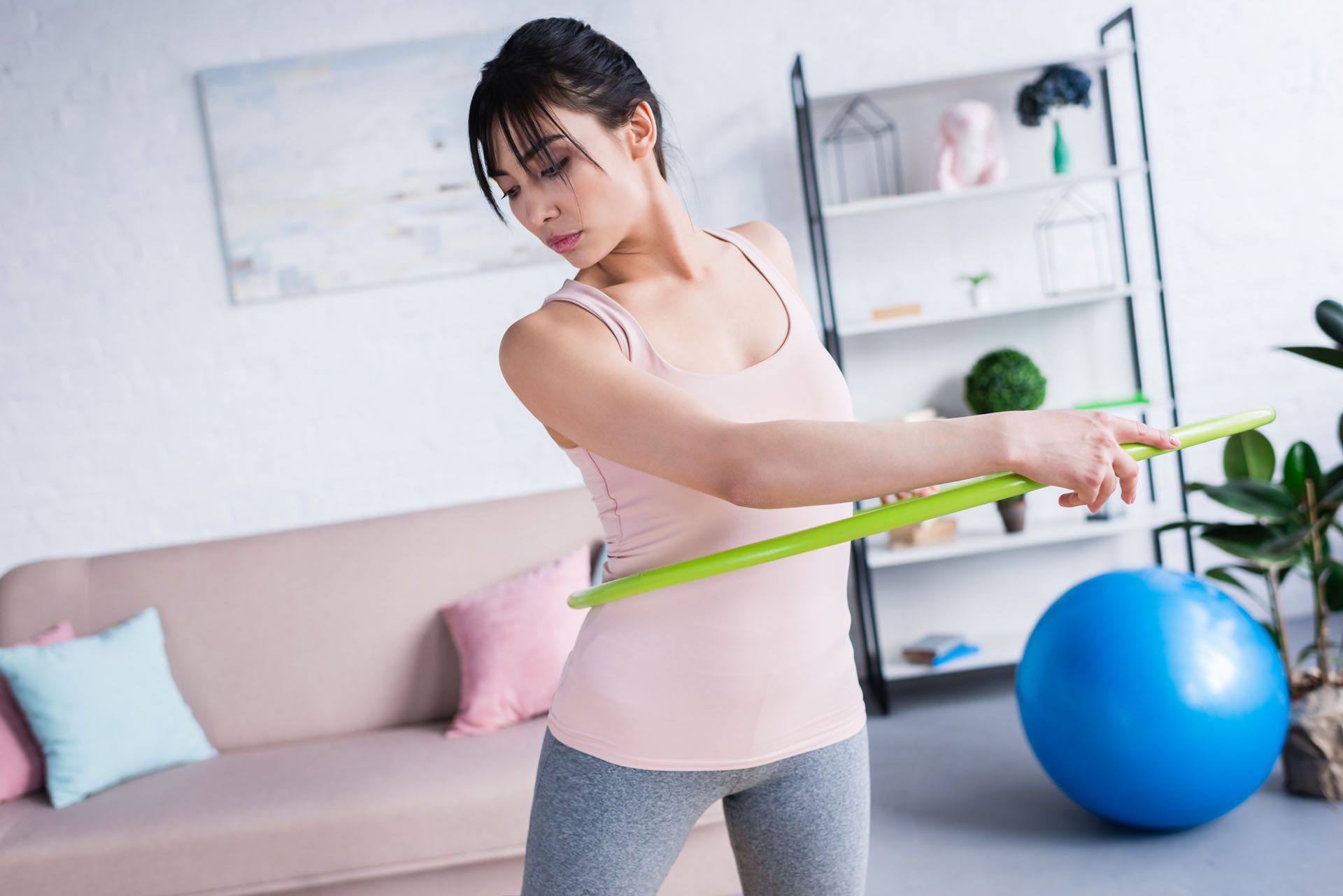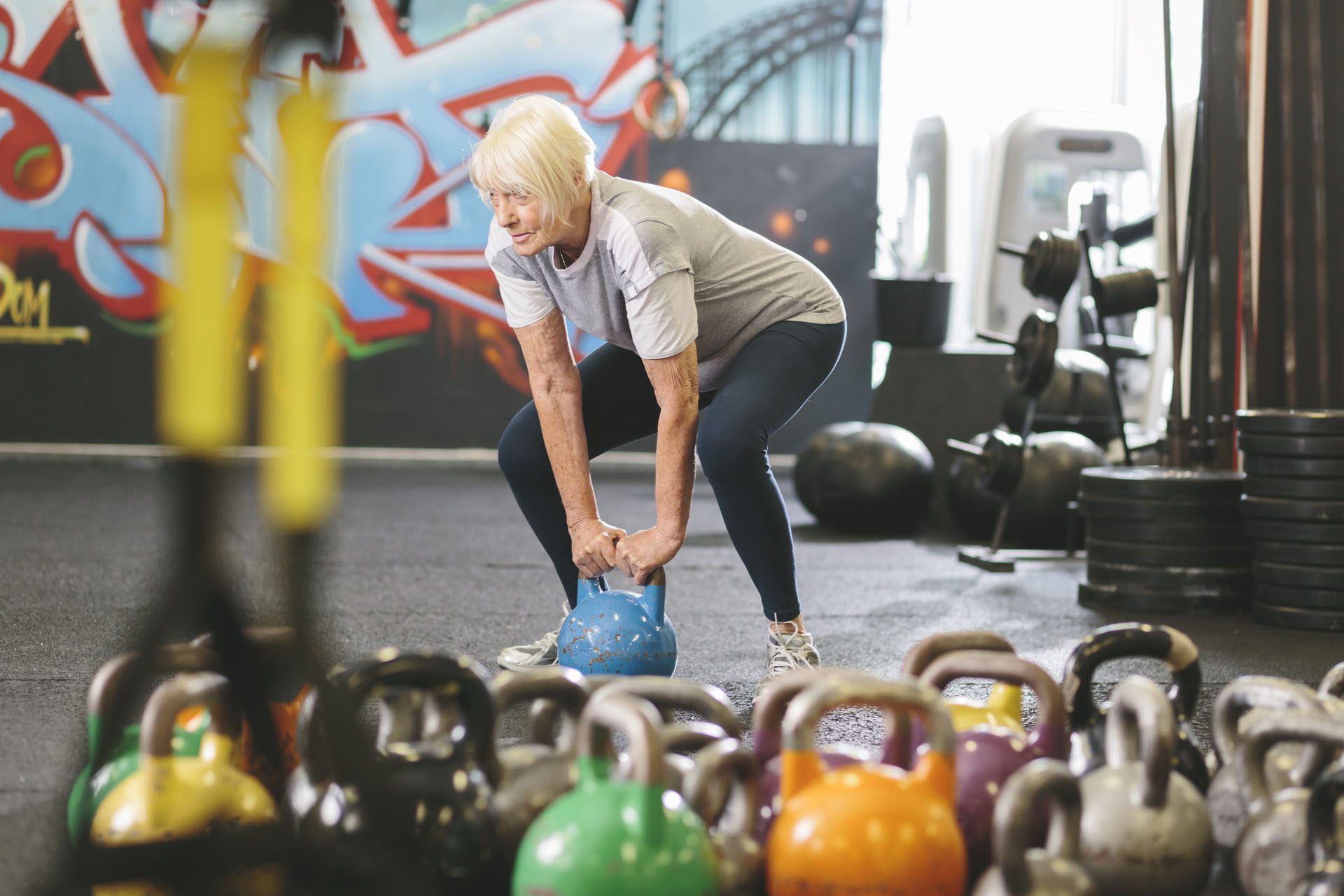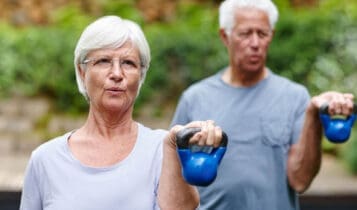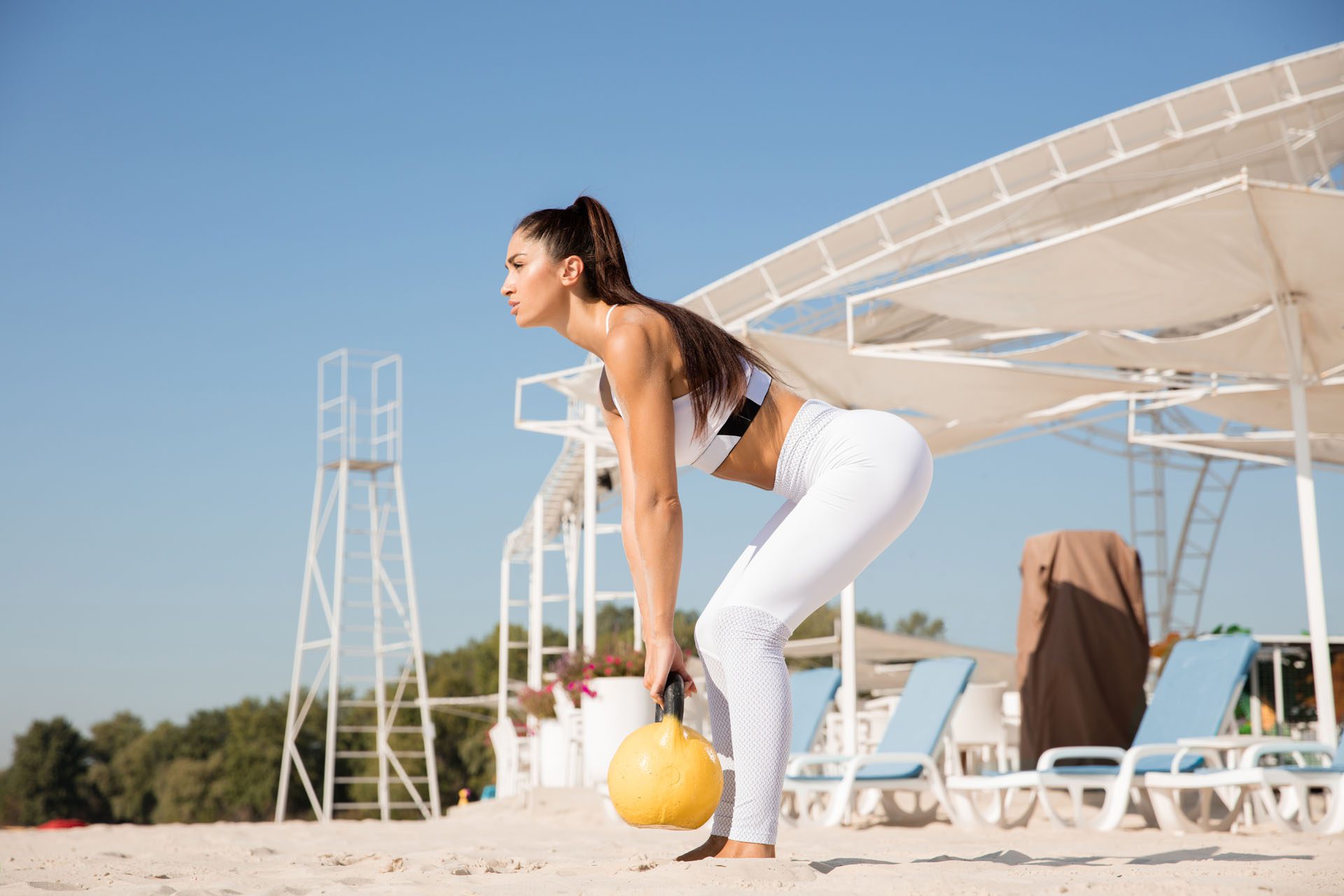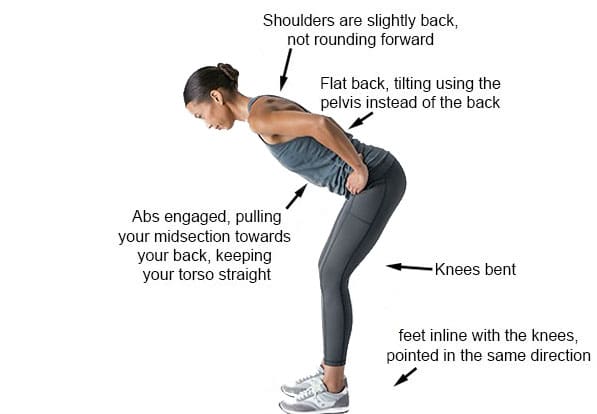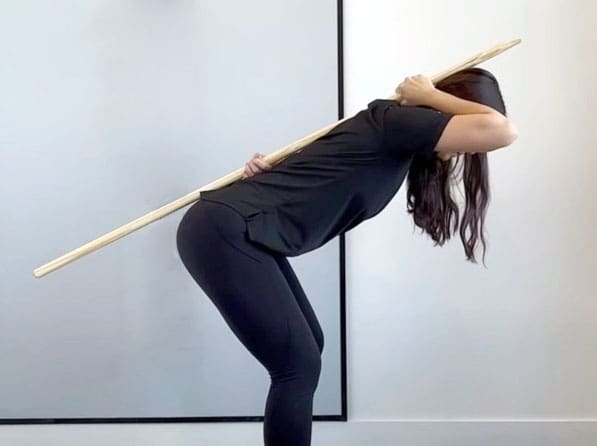Hula Hoop Workouts and Their Health Benefits
Can hula hooping be an option for individuals and athletes needing an effective, light, fun workout?
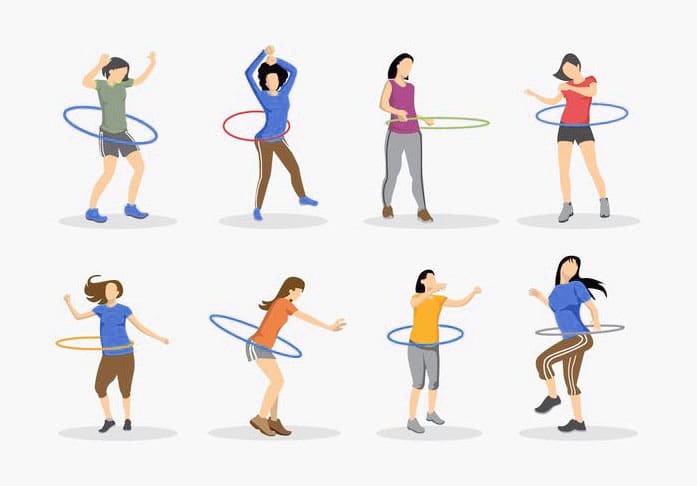
Hula Hoop Workout
A hula hoop workout is a low-impact exercise that involves spinning a hula hoop around your body. It can help improve balance, core strength, and aerobic fitness. Hula hooping is a great aerobic exercise that raises the heart rate and engages the whole body. Exercises can be done with a weighted or non-weighted hula hoop. A standard hoop will increase heart rate after about three minutes. A weighted hula hoop can target and build important core and lower body muscles, including the hamstrings, calves, quadriceps, and glutes. Lifting the weighted hula hoop also works the upper body muscles, giving the all-over body workout.
Weighted Hula Hoop
A weighted hula hoop can offer several health benefits.
Burns Calories
According to a research study, hula hooping can burn an average of 200 calories during a 30-minute workout. Researchers found that hooping is comparable in calories burned to boot camp-style fitness classes, kickboxing, and step aerobics. The average heart rate of the study participants was 151 beats per minute, equal to 84% of the age-predicted heart rate maximum. This can result in improved cardiovascular health and muscle conditioning. (American Council on Exercise, 2011)
Helps Build Muscle Mass
A study found that hula hooping increased trunk muscle mass and decreased waist circumference more than walking alone. Participants hula hooped an average of 12.8 minutes daily and walked almost 10,000 steps daily. The results showed more benefits to the core with hula hooping. The body fat percentage in the core region decreased significantly with hula hooping compared to walking. (Lahelma M. et al., 2019)
Lowers LDL Cholesterol
- In the same study, researchers found that hula hooping can reduce LDL cholesterol more than walking. The results demonstrated an LDL-lowering effect similar to what resistance training does for cholesterol levels. Hula hooping for 13 minutes daily could benefit anyone with elevated cholesterol levels. (Lahelma M. et al., 2019)
Fun Workout
- Weighted hula hooping can help individuals get out of a workout rut if they’re bored with a routine. It is recommended as either a warmup or a full workout.
Allows for Multitasking
- If time to work out is limited, you can multitask using a hula hoop, easily add it to an exercise routine, and get moving while speaking on the phone, during breaks, or watching TV.
Benefits
- Core strength: The exercise requires core strength to keep the hoop spinning.
- Balance: Helps improve balance.
- Aerobic fitness: Hooping can be used as a primary cardio routine.
- Weight loss: Hooping can help burn calories and contribute to weight loss.
Hula Hoop Workout
- Stand with a straight spine and feet shoulder-width apart.
- Draw your abdomen in to engage your core.
- Place the hoop around your waist, just above your hips.
- Hold the hoop with both hands and toss it to one side.
- Keep your back straight and move forward and back as fast as you can.
- Pulse your hips and feet in a rocking motion.
- Keep your arms out to the side or above your head.
- Be mindful of posture, which will help you hoop better.
Weighted Workout
A full-weighted hula hoop workout. Start with a warmup for 5 minutes with a light jog or running in place. Then, perform three sets of the following:
Minute 1
- 50 seconds of a hula hoop halo with the right arm – swinging the hoop around your arm
- 10 seconds of rest
Minute 2
- 50 seconds of a hula hoop halo with the left arm
- 10 seconds of rest
Minute 3
- 50 seconds around the waist, hula hooping
- 10 seconds of rest
Minute 4
- 50 seconds of hula hoop squats, keeping the hoop around the legs and not dropping it
- 10 seconds of rest
Minute 5
- 50 seconds of hula hoop sit-ups, keeping the hoop around your legs and not dropping it
- 10 seconds of rest
Minute 6
- 0 seconds of hula jumping front to back, keeping the hoop around your legs and not dropping it
- 10 seconds of rest
How long you hula hoop each day is a matter of personal preference. To gain cardiovascular benefits, it is recommended that adults engage in at least 150 minutes per week of moderate-intensity aerobic activity. Spreading out the exercise throughout the week is preferable. (American Heart Association, 2024)
Injury Medical Chiropractic and Functional Medicine Clinic
Injury Medical Chiropractic and Functional Medicine Clinic works with primary healthcare providers and specialists to build optimal health and wellness solutions. Regarding musculoskeletal pain, specialists like chiropractors, acupuncturists, and massage therapists can help mitigate the pain through spinal adjustments that help the body realign itself. The clinic can also work with other medical professionals to integrate a treatment plan to resolve musculoskeletal problems.
Can Core Exercises Help With Back Pain?
References
American Council on Exercise. (2011). ACE-sponsored research: Hooping—Effective workout or child’s play? https://www.acefitness.org/certifiednewsarticle/1094/ace-sponsored-research-hooping-effective-workout-or-child-s-play/
Lahelma, M., Sädevirta, S., Lallukka-Brück, S., Sevastianova, K., Mustelin, L., Gylling, H., Rockette-Wagner, B., Kriska, A. M., & Yki-Järvinen, H. (2019). Effects of Weighted Hula-Hooping Compared to Walking on Abdominal Fat, Trunk Muscularity, and Metabolic Parameters in Overweight Subjects: A Randomized Controlled Study. Obesity facts, 12(4), 385–396. https://doi.org/10.1159/000500572
American Heart Association. (2024). American Heart Association Recommendations for Physical Activity in Adults and Kids. https://www.heart.org/en/healthy-living/fitness/fitness-basics/aha-recs-for-physical-activity-in-adults

